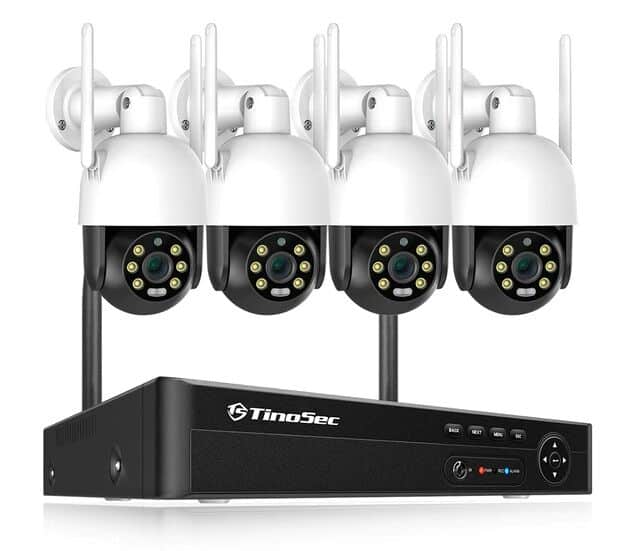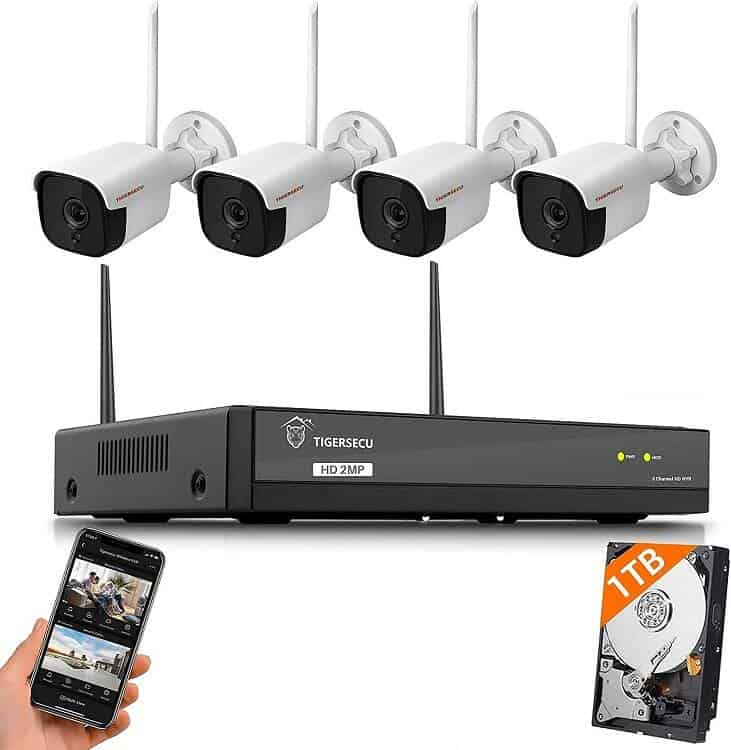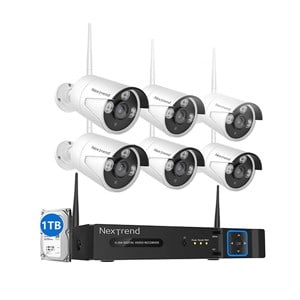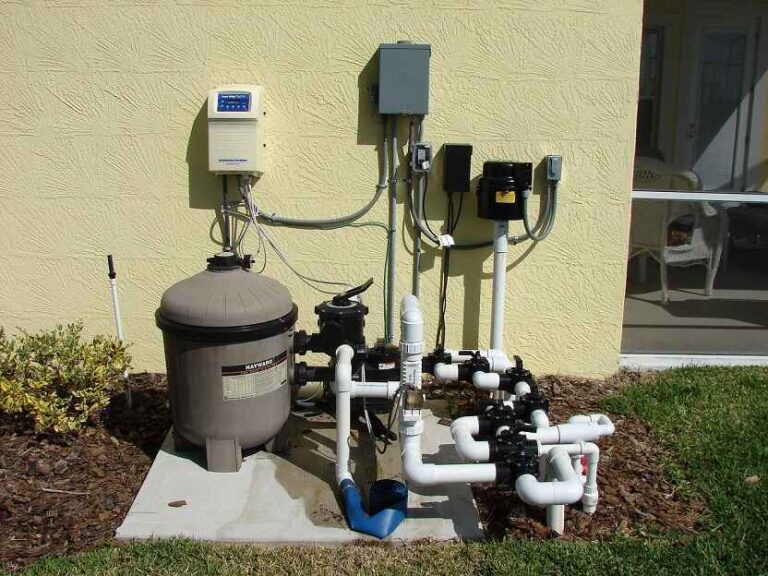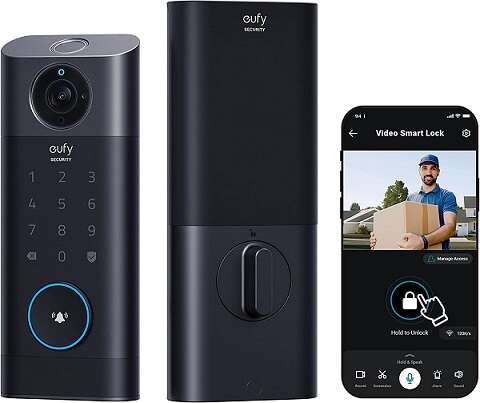How to Connect a Generator to Your House Without a Transfer Switch?
Before diving into the process of connecting a generator to your house, it’s essential to have a basic understanding of how generators work. Generators are devices that convert mechanical energy into electrical energy. They can provide power during blackouts by running on various fuels, such as gasoline, propane, or natural gas.
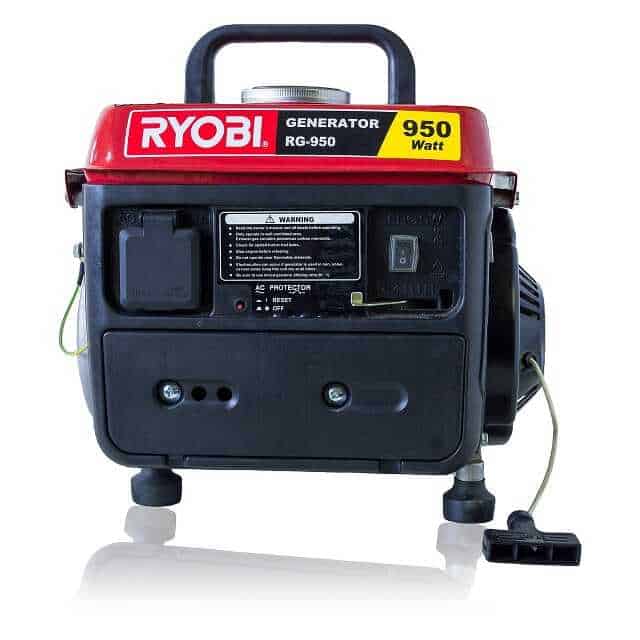
Choosing the Right Generator
Selecting the right generator for your needs is crucial. Consider factors like the size of your home, the appliances you want to power, and your budget. Generators come in various sizes and types, including portable generators and standby generators.
Safety Precautions
Safety should be your top priority when working with electricity and generators. Always read the manufacturer’s instructions, and if you’re not comfortable with electrical work, consider hiring a professional electrician.
Selecting the Transfer Method
When you don’t have a transfer switch, you’ll need to choose a safe method for connecting your generator. The most common methods are using an interlock kit or a manual transfer switch.
The Importance of a Transfer Switch
Safety First: Safety should always be the top priority when dealing with electricity, and a transfer switch is designed with safety in mind. It eliminates the risk of backfeeding electricity, which occurs when power from your generator flows back into the utility grid. Backfeeding can be lethal to utility workers attempting to repair power lines, posing a grave danger to both them and your community.
Legal Compliance: In many regions, using a transfer switch is not just recommended; it’s often a legal requirement. Local electrical codes and regulations frequently mandate the use of transfer switches to ensure the safety of utility workers and the integrity of the electrical grid. Failure to comply with these regulations can result in fines and legal repercussions.
Seamless Transition: A transfer switch enables a seamless transition from utility power to generator power and vice versa. When the transfer switch detects a power outage, it automatically disconnects your home from the grid and connects it to the generator, providing uninterrupted power. When grid power is restored, it safely switches your home back to the utility supply.
Protecting Your Appliances: Without a transfer switch, appliances and electronic devices in your home could be subjected to power surges and fluctuations during the switch from generator power to grid power. A transfer switch ensures a stable and consistent power supply, protecting your valuable equipment from damage.
Peace of Mind: Knowing that your generator is connected through a transfer switch provides peace of mind during power outages. You won’t have to worry about manually switching power sources or the potential risks associated with improper connections.
Materials and Tools You’ll Need
To get started, gather the necessary materials and tools, which may include extension cords, a generator inlet box, a double-pole, double-throw (DPDT) switch, and wiring connectors.
Preparing Your House Wiring
Before connecting the generator, you’ll need to prepare your house wiring. This may involve turning off the main power supply and ensuring that there’s no backfeed into the utility lines.
Installing a Manual Interlock Kit
For this method, you’ll need to install a manual interlock kit that prevents the generator and the main power from being active simultaneously. This ensures the safety of both your home and utility workers.
Connecting the Generator to Your House
Follow the step-by-step instructions provided with your generator and interlock kit to connect the generator to your house safely. Pay close attention to proper grounding and the placement of extension cords.
Starting the Generator
Once everything is connected, start the generator following the manufacturer’s guidelines. Be cautious of carbon monoxide emissions and place the generator in a well-ventilated area.
Monitoring and Maintenance
Regularly monitor your generator during power outages, and perform routine maintenance to keep it in optimal working condition.
Safety Tips
Always adhere to safety guidelines when operating a generator. Avoid overloading the generator, and never use it indoors or in enclosed spaces.
Legal Considerations
Be aware of local regulations and codes governing the use of generators. Some areas may have restrictions on generator usage.
Common Mistakes to Avoid
Learn from common mistakes made by others, such as improper grounding or neglecting maintenance tasks.
Frequently Asked Questions (FAQs)
Can I use an extension cord to connect my generator to my house?
While it’s possible, it’s not recommended for long-term solutions. It’s safer to use an inlet box and transfer method.
Is it legal to connect a generator without a transfer switch?
Laws and regulations vary by location. Check with your local authorities to ensure compliance.
How can I calculate the wattage I need for my generator?
Create a list of the appliances you want to power and their wattage requirements, then add them up to determine your generator’s size.
What should I do if my generator won’t start during a power outage?
Check the fuel level, spark plug, and oil level. If you’re unsure, consult your generator’s manual or a professional.
Can I connect a generator to power my entire house?
Yes, but it requires a larger generator and professional installation for safety.
Conclusion
Connecting a generator to your house without a transfer switch is not recommended but sometimes it can be a practical solution during power outages. However, it’s essential to prioritize safety and follow the proper procedures outlined in this article. By understanding the basics, selecting the right equipment, and taking safety precautions, you can ensure that your generator provides you with reliable power when you need it most.
Disclaimer
Certain content that appears on this site comes from Amazon. As an Amazon Associate we earn from qualifying purchases. Read full Disclaimer Here!

